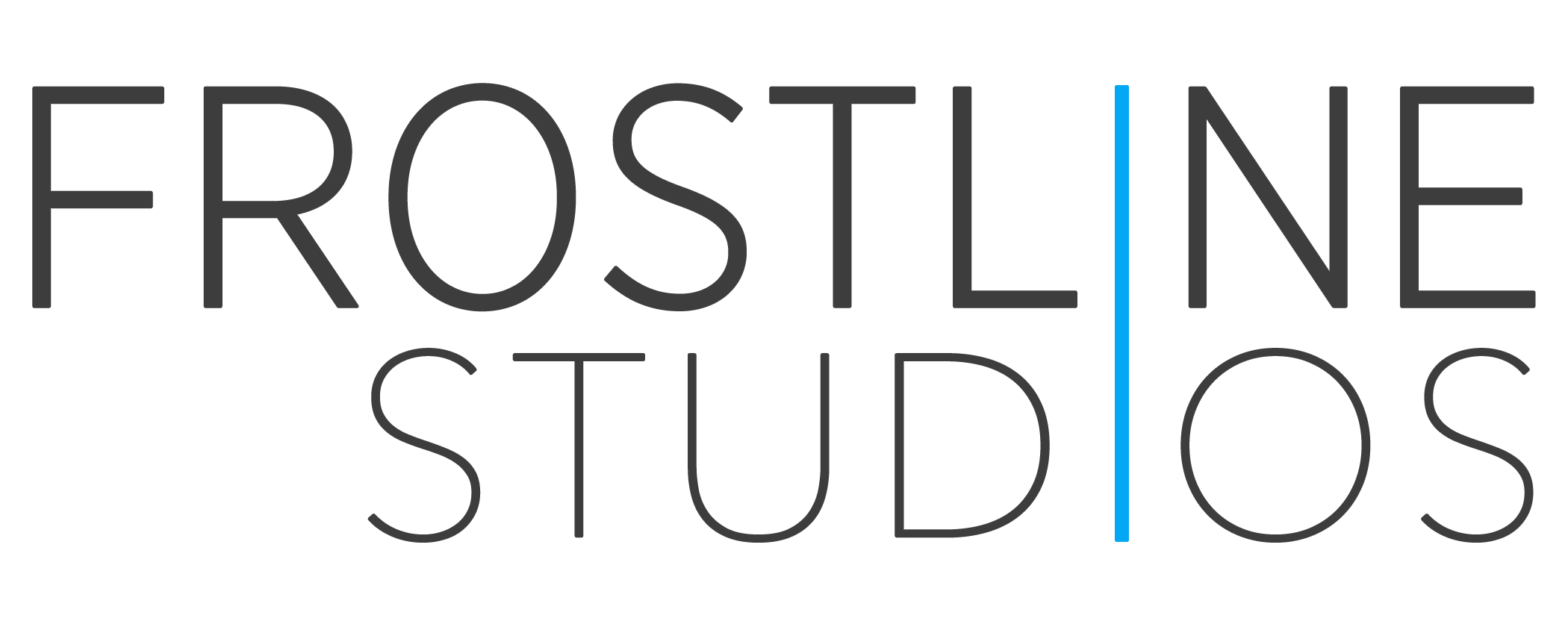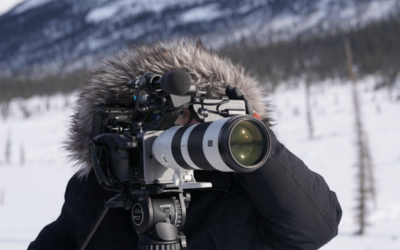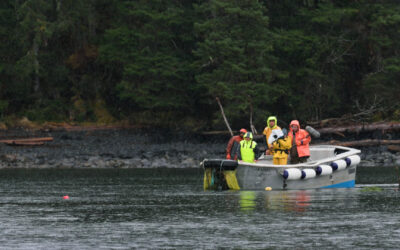Have you had the chance to come check out our new infinity wall yet? The 20×20 foot space in our new studio expansion is one of the only cyclorama walls in the state of Alaska.
But what is an infinty wall? And how did we build ours?
What is an Infinity Wall?
Cycloramas (AKA cyc walls, infinity walls, seamless walls, etc – they have a lot of names) are walls on a set that create the illusion of an infinite space through the use of seamless corners and carefully placed lights. They have their origins in theater as painted, curved set pieces that created the illusion of skies above the stage, and later as enormous paintings on curved walls that created an immersive viewing experience, such as the Thun Panorama in Switzerland.
The cycloramas of today’s film industry, however, are large blank walls with seamless corners used in photography and film sets. Oftentimes, they’re used as green screens. If you’ve seen a Marvel movie, you’ve seen footage that was shot on a green screen cyclorama. But others, like ours, are painted white and can be lit with RGB lighting to be whatever color we want – including green.
The Making of: How We Built Our Cyclorama
We recently had the pleasure of shooting a music video with local Anchorage-based band Moonpop for their single: Prima Donna. Check it out!
It was, for us, the culmination of about six months of hard work in getting the space set up. In the fall of last year, we expanded our studio into the office suite next door, giving us the room to build this set. We ordered the cyc wall kit – which is essentially a bunch of specialized, curved plastic panels, called coves, that create seamless corners for pre-existing walls.
But before we could install the coves, we had to prepare the space for them. We knocked down office walls to create a 20×20 space, and cut a hole for a door between there and Studio A.
Then, we prepared our walls for the installation of the coves. This ended up taking a lot longer than expected. Our building is wedge shaped, leading to some interesting and unexpected corners that look almost like right angles, but aren’t. Our drywall guy, John Wiggins of Work of Art Drywall and Construction, had to add an additional three inches to one side of a 20 foot wall to bring the corner to an exact 90°, while keeping the wall perfectly flat so as not to create any awkward shadows on the finished product.
We also had to grind the concrete floor with a huge concrete grinder so it, too, would be perfectly smooth. We’re used to working with expensive equipment, but not huge machines that, if you’re not paying attention, can run away from you and put massive holes in your perfect drywall! It was a bit nerve racking, but we managed to smooth out the floor without ruining the walls.
Eventually, it was time to install the coves. John did a fantastic job of fitting them in and applying drywall on top to create a seamlessly smooth surface from ceiling to floor. Then began our long process of painting. First, we sprayed the ceiling with black paint; then we applied three layers of primer to the walls. Before priming the floor, we hung our lights – Aputure Nova P300Cs – which took a bit of figuring to get them in the right positions in order to evenly light the walls. Once the lights were up, we finished painting: first a few layers of primer on the floor, then a number of layers of flat white matte paint over all of it.
Et voila! A few hours to dry, and the cyc wall was ready to roll.
We’ve had a couple of shoots in there so far; it’s been a blast playing around and figuring out what it can do. We’re still testing and tinkering with its green screen capabilities, and learning new stuff every day. Mostly, we’re beyond excited to see what you can create in this room!















